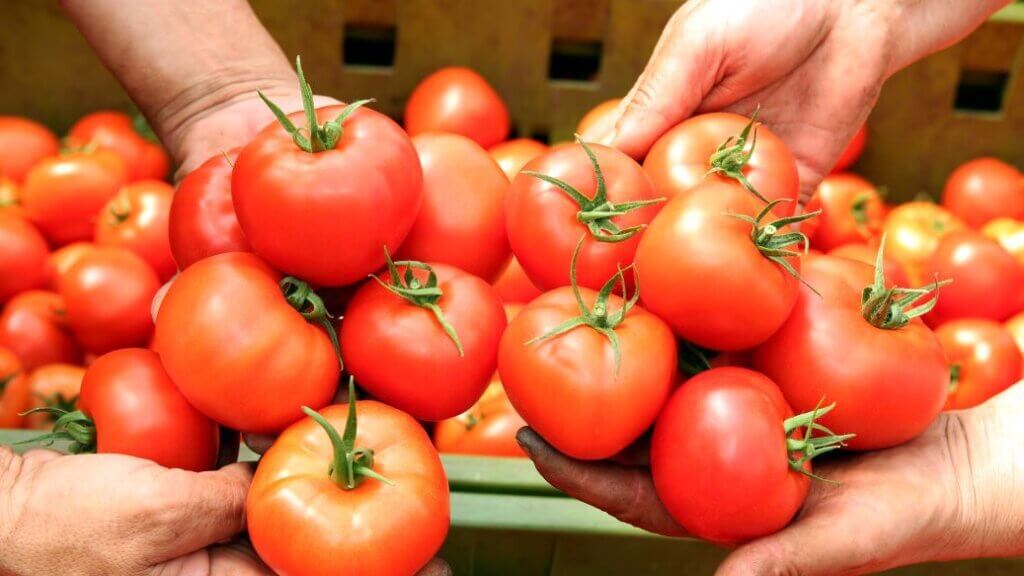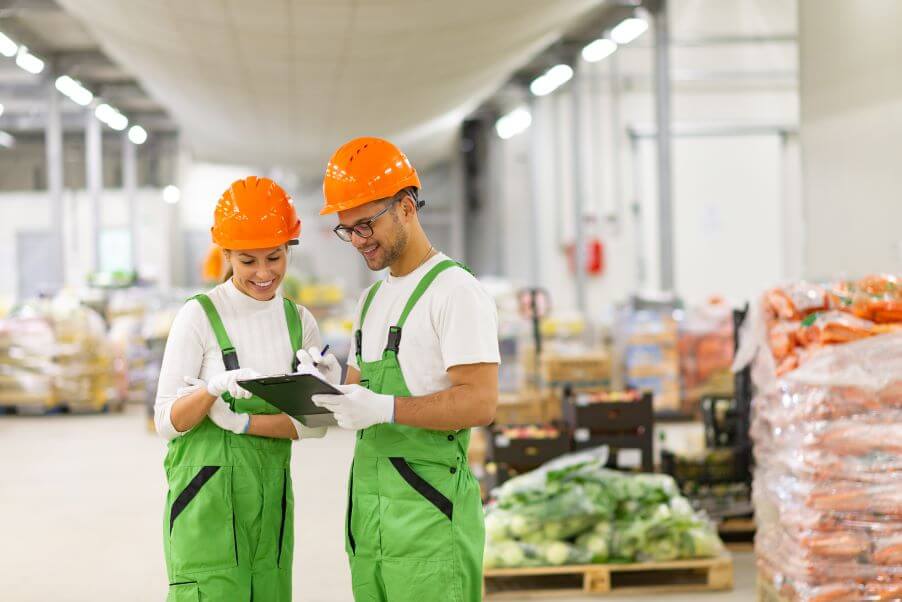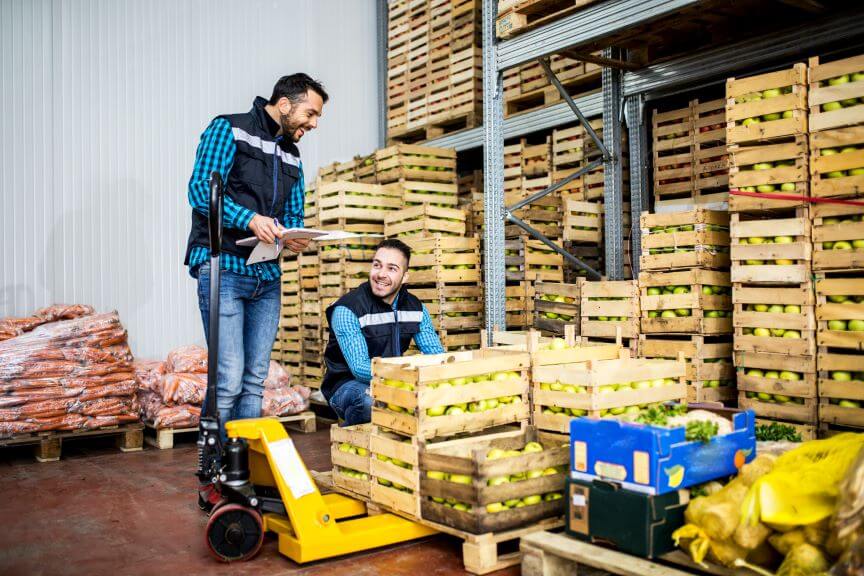The Essential Role Labeling Plays in Food Traceability
The U.S. Food and Drug Administration (FDA) recently released the Food Traceability Rule in an effort to quickly identify and mitigate risk associated with high-risk foods that are prone to contamination. This new rule establishes more thorough traceability recordkeeping requirements for those who manufacture, process, pack or hold foods included on the Food Traceability List.
The Food Traceability Rule represents a major shift in the food supply chain, and increases the need for a sophisticated warehouse management system that can record and process information in real-time to keep up with FDA requirements. And with the compliance date coming in January 2026, warehouses still have time to stay ahead of the changes.

“Products now need to be recorded more precisely than ever; when it came in, where it was placed. These new rules will help organizations improve and standardize manual processes across the board. Not only are manual processes more labor intensive, they also increase the risk of making mistakes. Barcoding makes all of this more accurate.”
– John Roggeveen, ID Label

How the Food Traceability Rule Impacts Supply Chains
The Food Traceability Rule now requires those who manufacture, process, pack or hold foods to maintain records containing Key Data Elements (KDEs) associated with specific Critical Tracking Events (CTEs), and provide information to the FDA within 24 hours.
This requirement puts a heavy emphasis on tracking products the moment they come into the warehouse. And this is where more sophisticated warehouse systems can be particularly useful.
“Products now need to be recorded more precisely than ever; when it came in, where it was placed,” said John Roggeveen, senior business development manager for ID Label. “These new rules will help organizations improve and standardize manual processes across the board. Not only are manual processes more labor intensive, they also increase the risk of making mistakes. Barcoding makes all of this more accurate.”
Barcoding Systems Can Lessen the Burden
With the compliance date less than two years away, Roggeveen is seeing more food operators optimizing their warehouses. And while some warehouses are making a complete system transition, Roggeveen encourages operators that have already moved to a WMS to ensure their systems are fully optimized.
“Now is the time to act with the compliance deadline approaching in less than two years,” Roggeveen said. “Even companies with barcoding in place will need a review to confirm they meet all compliance requirements.”
Roggeveen also has seen plenty of operators that are relabeling their facilities. While these operations may have had a system in place, their labels have become damaged or have a high error rate due to a lack of maintenance and upkeep.
Overall, Roggeveen believes transitioning to a barcoding system is one of the best ways for facilities to become FDA-compliant without overhauling their operations.
“Labeling and a better system can address the need without requiring major changes to the overall layout and facility,” Roggeveen said.

How ID Label Can Optimize Your Facility
For more than 30 years, ID Label has helped food operators upgrade their facilities. We have a significant presence in the grocery space, and are implementing a standardized barcoding system for one of the fastest-growing grocers in the U.S. Our experts are here to tailor a system to any operation’s specific needs.
“We have a lot of knowledge on best practices and what works in this industry,” Roggeveen said. “At ID Label, we specialize in helping customers standardize their operations using those best practices. Plus, we can work around daily operations with limited interruptions.”

ID Label has a diverse portfolio of products for a variety of applications. Our Arctic Xtreme™ cold storage labels perform extremely well in cold, wet and subzero conditions. Our pre-printed pallet/LPN labels allow for easy, real-time tracking of movable units in a warehouse, such as cartons, bins and pallets. BullsEye™ labels offer much-needed durability for the most rigorous operations. And our BeamRenew™ labels make it easy to cover up old labels and serve as a great option for upgrading an older system.
You can count on ID Label to deliver the solutions your food operation needs to stay ahead of these new FDA requirements.

The ID Label Advantage
ID Label manufactures extremely durable warehouse rack and bin location labels. Our materials have been tested and used in warehouse operations around the globe.
We also provide warehouse signage and turnkey nationwide installation services to provide a complete solution to our many clients who rely on us for all their warehousing needs.
Interested in learning more? Contact us today.
Tags
Recent Posts
- How to Remove a Rack Label: A Step-by-Step Guide
- Eliminate the Hassle of Removing Outdated or Damaged Warehouse Labels
- The Essential Role Labeling Plays in Food Traceability
- Ask the Expert: Should I Choose Paint or Tape to Mark My Warehouse Floors?
- Scott Bender Joins ID Label as Vice President of Sales